We’ve covered the climate benefits of solar energy extensively because we know that our energy systems are the single biggest emitter of greenhouse gases—but we also know that when it comes to climate change, that’s only half the story.
When experts such as the writers of Drawdown consider how best to halt climate change, they take a holistic view of our activities and their carbon emissions. They also look at the tools we have to reverse climate change, taking carbon from the air and putting it back in the ground.
Among those resources, our natural systems are wonderful tools to help us stop climate change, either by changing the way we carry out certain activities, or by starting new initiatives which can both fight climate change and lead to significant economic opportunity. Here we’ve assembled a list of five of the most compelling new ideas that allow us to work with our natural world to fight climate change.
Table of Contents
1. REGROWING FORESTS FOR THEIR CLIMATE AND ECONOMIC BENEFITS
Restoring tropical and temperate forests come in at #5 and #12, respectively, on Drawdown’s list of the 100 most powerful tools to reverse climate change. And before you take the authors for tree-hugging hippies, note that a $350 billion overall investment in forest regrowth could yield $170 billion in economic benefits every year, from forest products, to watershed protection, to improved agricultural production.
Eyeing these benefits and growing international incentives for the climate benefits they provide, countries in tropical areas, where the bulk of the restoration potential lies, are beginning to scale their forest protection initiatives.
Restoring less than 60 percent of tropical forestland and continuing with the natural reforestation that is already occurring in cooler climates would yield 83.8 trillion tons of carbon sequestration—equivalent to 83 trillion pounds of coal not burned, or a million wind turbines turning each year for the next 20 years.
2. SILVOPASTURE – RAISING OUR COWS AMONG THE TREES
Particularly attentive readers may be wondering “Increased agricultural production? How can restoring forest land increase agricultural production?” Well, in 2018, the agriculture vs. forestland struggle is old news. From tropical tree crops to innovative livestock practices, agriculture and forestry are increasingly going hand-in-hand.
It just makes sense: with a richer diet and more shelter from the elements, interspersing pasture with some degree of tree cover has been shown to increase the production of milk, meat, and offspring. It also allows farmers to diversify their production with forestry products like nuts, fruit, timber, and maple syrup.
Silvopasture is ranked as the ninth most impactful climate change solution by Drawdown. These climate benefits come from improved livestock digestion, an increased ability of the soil to sequester carbon from the atmosphere, and space efficiencies that prevent the need for further forest clearing.
3. USING BAMBOO IN INDUSTRY
Bamboo is, simply put, a natural wonder. It can grow faster than any other plant, more than an inch every hour, and has the compressive strength of steel, the tensile strength of steel, and uses from construction to clothing production.
Moreover, it sequesters carbon in quite an unusual way, producing small stones that can keep carbon in the soil for hundreds of thousands of years. By sequestering carbon from the air and replacing carbon-intensive materials like cement and aluminum, bamboo can have an important impact on the fight against climate change.
4. BRINGING LIFE TO THE CITY: GREEN ROOFS
Humans are biophilic, meaning that we draw energy and mental well-being from being around natural environments. What if we could bring more genuine life to urban jungles, and fight climate change in the process?
By incorporating plant life into roofs, walls, and other structures, builders have found that they can provide both insulation and a valuable cooling effect for hot urban centers (plants absorb much less heat energy from the sun than asphalt shingles), saving significant heating and cooling costs and drawing carbon from the air.
5. REGENERATIVE AGRICULTURE
Industrial farming may seem to increase productivity on its face, but a new wave of farmers is challenging that conventional wisdom. Combating insects with pesticides and driving yield increases with fertilizers are like using heavy medication to treat illnesses and steroids to drive muscle growth. They may achieve visible results, but if we don’t stop to think about our long-term health, we’re likely to need more chemicals than ever just to maintain the status quo, and our long-term health will suffer.
No-till farming with relatively low chemical use is likely the most sensible path forward, according to Drawdown, and increasing the variety of crops that we grow on a regular basis, will allow farmers to rely on soil health rather than expensive industrial chemicals. It will also increase the crops’ resilience to droughts and other harsh conditions—a benefit that will be increasingly important as the effects of climate change become more apparent.

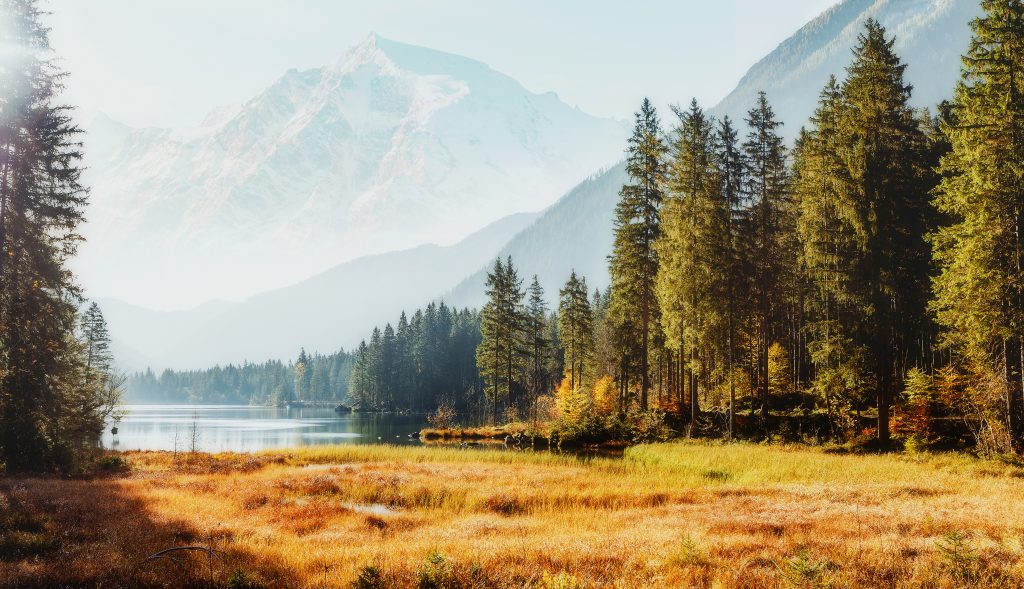
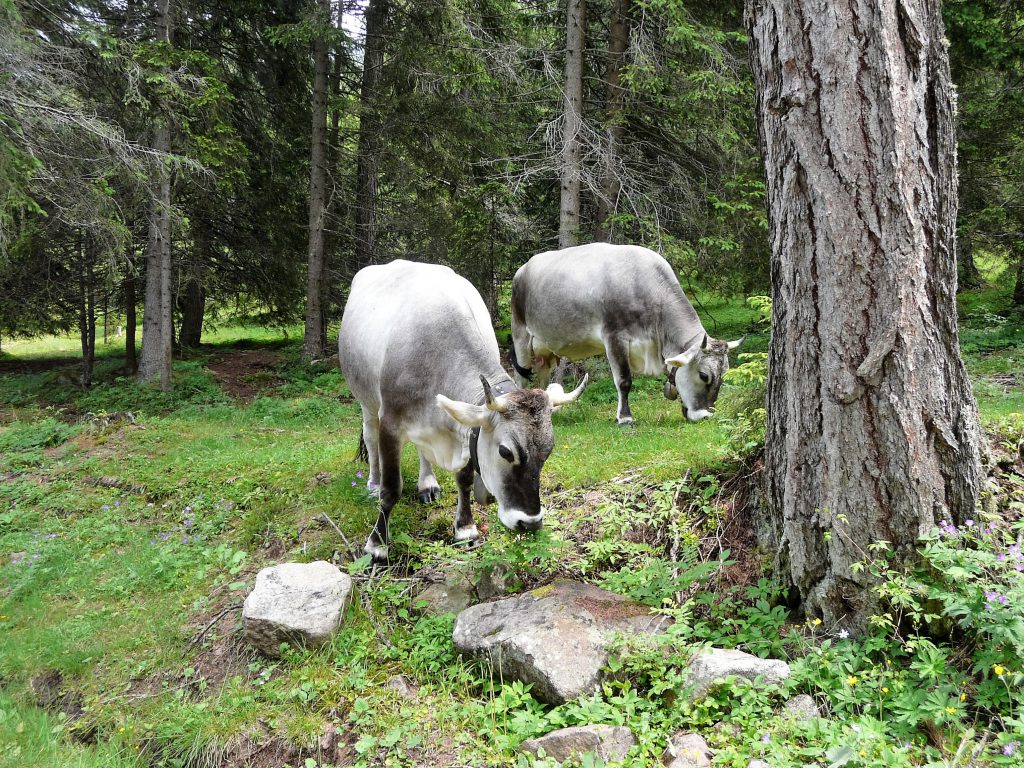


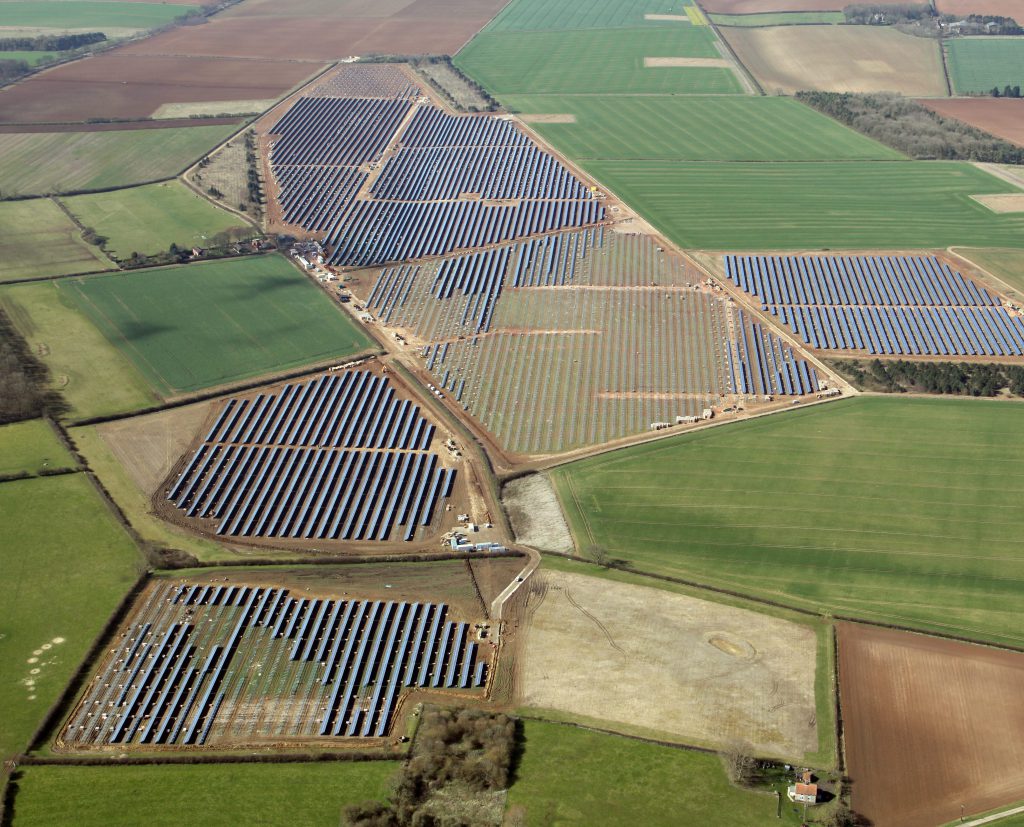
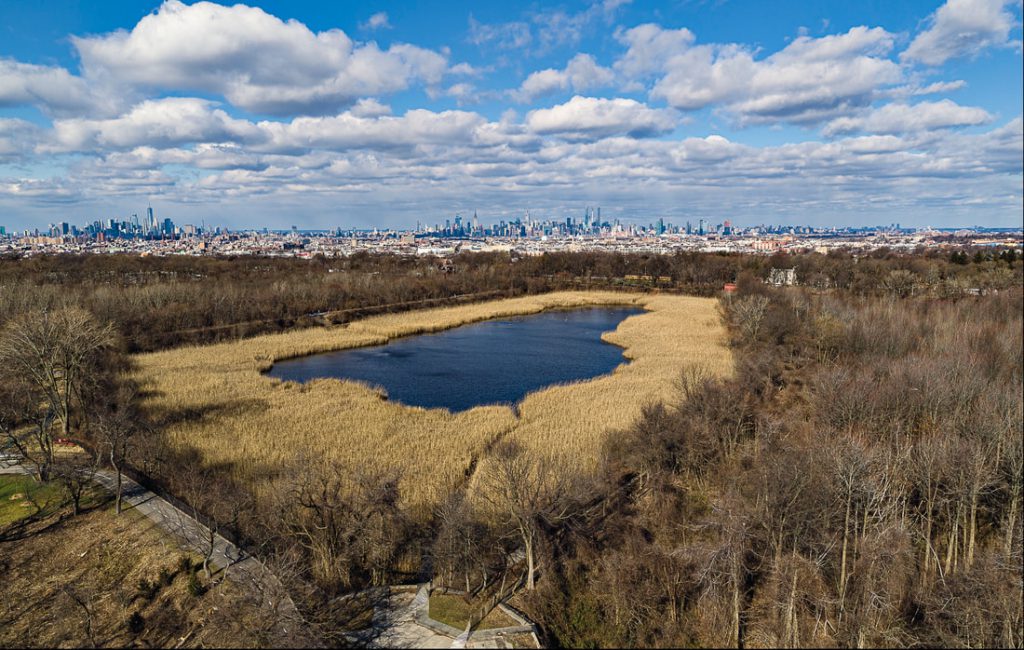

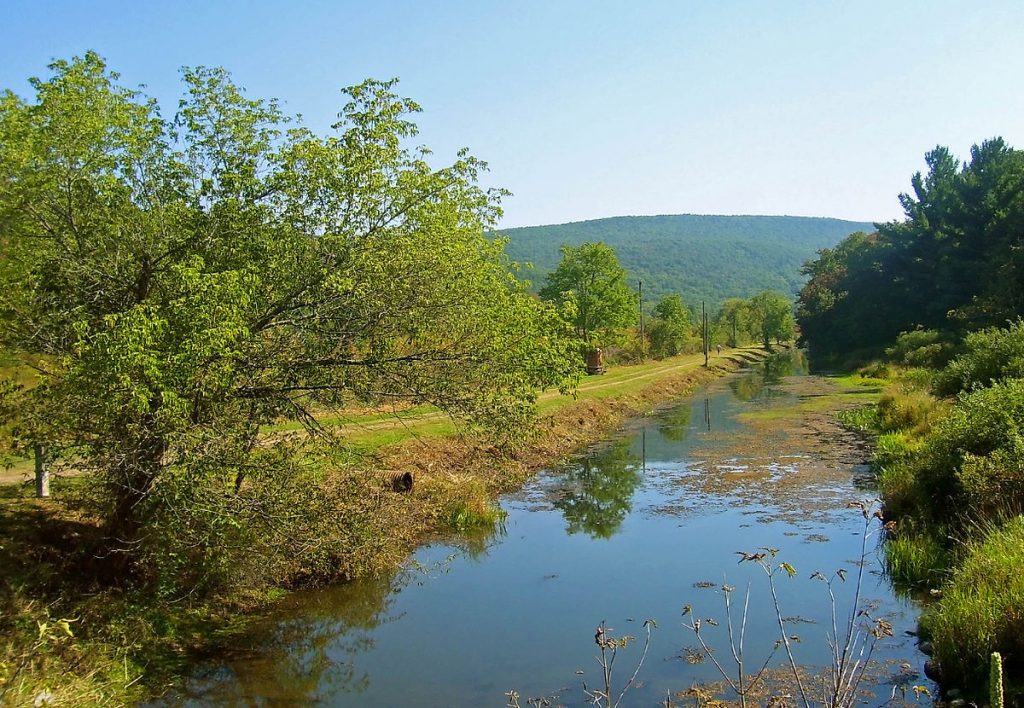
This is truly useful, thanks.